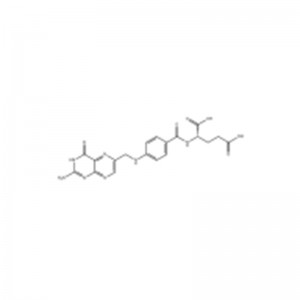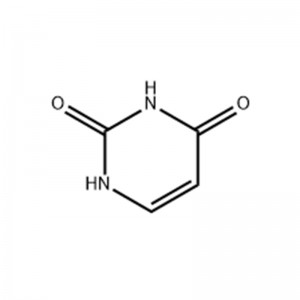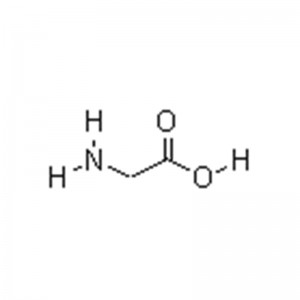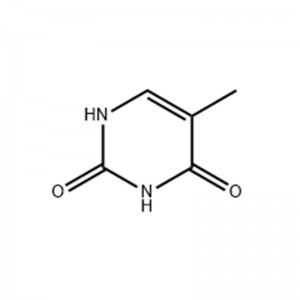
Products
Folic Acid
Structural Formula

Physical
Appearance:yellow To Orange Crystalline Powder
Density:1.4704 (rough Estimate)
Melting Point:250 °c
Boiling Point:552.35°c (rough Estimate)
Refractivity:1.6800 (estimate)
Specific Rotation :20 º (c=1, 0.1n Naoh)
Storage Condition :2-8°c
Solubility :boiling Water: Soluble1%
Acidity Factor(pka):pka 2.5 (uncertain)
Scent:odorless
Solubility In Water:1.6 Mg/l (25 ºc)
Safety Data
Hazard category:Not dangerous goods
Dangerous goods transport no:
Packaging category:
Application
Hazard category:Not dangerous goods
Dangerous goods transport no:
Packaging category:
Folic acid is a water-soluble vitamin with the molecular formula C19H19N7O6, so named because it is so abundant in green leaves, also known as pteroylglutamic acid. It exists in several forms in nature and its parent compound is a combination of 3 components: pteridine, p-aminobenzoic acid and glutamic acid.
Folic acid contains one or more glutamyl groups, and most naturally occurring forms of folic acid are polyglutamic acid forms. The biologically active form of folic acid is tetrahydrofolate. Folic acid is yellow crystalline and slightly soluble in water, but its sodium salt is very soluble in water. It is insoluble in ethanol. It is easily destroyed in acidic solutions and is also unstable to heat, is easily lost at room temperature, and is highly perishable on exposure to light.
Folic acid is absorbed in the body both actively and passively by diffusion, mainly in the upper part of the small intestine. The absorption rate of reduced folic acid is higher, the more glutamyl the lower the absorption rate, and the absorption is facilitated by glucose and vitamin C. After absorption, folic acid is stored in the intestinal wall, liver, bone marrow and other tissues, and is reduced to physiologically active tetrahydrofolate (THFA or FH4 ) by the enzyme NADPH, which is involved in the synthesis of purines and pyrimidines. Folic acid therefore plays an important role in protein synthesis and cell division and growth, and promotes the formation of normal red blood cells. A deficiency in folic acid can lead to a reduction in haemoglobin production in red blood cells and an impairment of cell maturation, resulting in megaloblastic anaemia.








